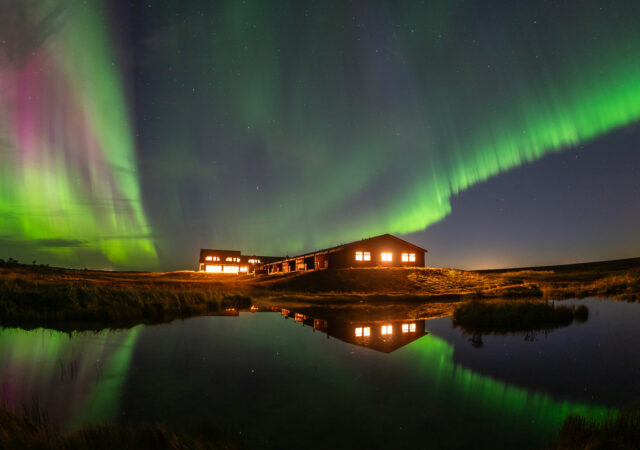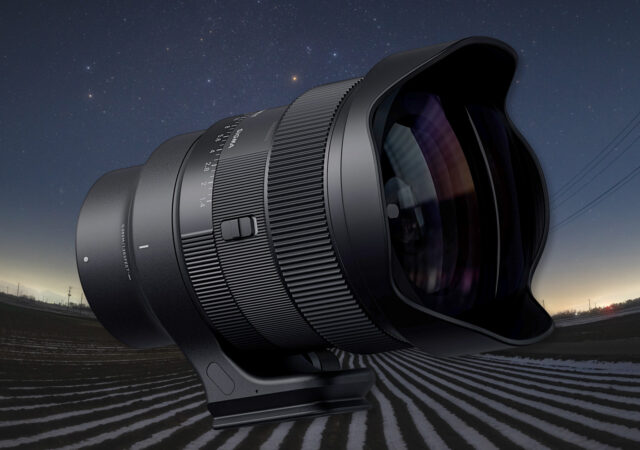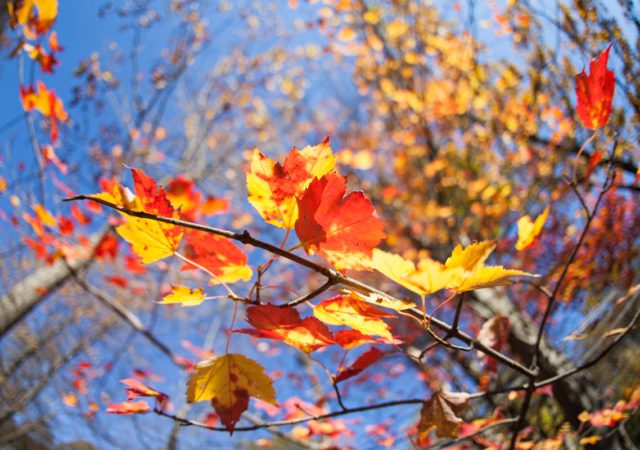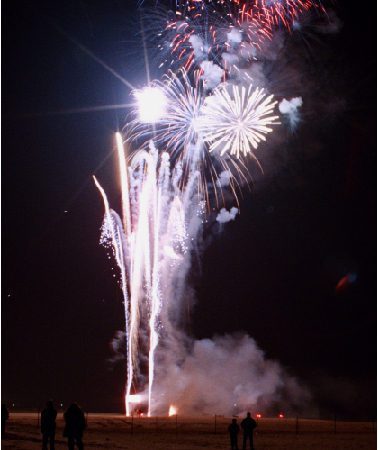While night sky photographers often choose more traditional rectilinear lenses for their work, fisheye lenses offer a unique, exceptionally wide angle of view that can result in truly special images. Astrophotographer Babak Tafreshi put the SIGMA 15mm F1.4 DG DN Diagonal Fisheye | Art lens to the test under the stars to see how it performs.
First Look: SIGMA 15mm F1.4 DG DN DIAGONAL FISHEYE Art Lens
From astrophotography to the stage, skateboarding to travel, a fisheye lens can take any situation and bring it to a whole new level. The SIGMA 15mm F1.4 DG DN DIAGONAL FISHEYE | Art is the pinnacle of fisheye lens design, with amazingly sharp optical performance, unbeatable low-light capability, and build quality that puts this lens in a class by itself.
Somewhat Secret Superpowers of Camera lenses
The greatest thing about interchangeable camera lenses is the variety of optical designs, from ultrawide to supertelephoto and everything in between, that offer an incredible amount of variety for visual expression, creativity, and optical performance optimized for different photographic situations. And while it may be sometimes completely and totally obvious what types of photography a certain lens excels at—for example, everyone knows that Macros are designed to capture close-up details; telephoto lenses are great for long-reach wildlife and sports from the sidelines—many styles of camera lenses have lesser-known secret superpowers that can be called upon to make a photo. Let’s take a look!
Prime Time: Focus on Fixed Focal Length Lenses
Prime lenses are designed for exceptional imaging at a single focal length. Unlike zoom lenses that easily span a given focal range and variable field of view with a twist of the zoom ring, the field of view and focal length remains constant. If you want to take in less of the surroundings with a given prime lens, you’ve got to physically move closer, and to take in more of the scene, you’ve got to back up. But of course, as you move, the angle of view remains the same all the while.
Fall Foliage with Sigma’s 15mm F2.8 Diagonal Fisheye Lens
Fall is my favorite time of year to take photographs, and I always push myself to get out and make the most of the brief window of brilliant color. I have spent the last week chasing fall foliage in the Pocono Mountains of Pennsylvania. This year, after taking the obvious shots of deep oranges and reds, I used my Sigma 15mm Fisheye lens to capture the forest from a different perspective.
Fireworks and Bright Lights in the Night For the Fourth of July and Beyond by Jack Howard
The fourth of July means many things, and for photographers, one of the most exciting and challenging aspects of this holiday is capturing amazing photos of fireworks. The bright lights in the night paint the sky with multi-colored flames in a way that can be spectacular to witness and capture with your camera. And while it may seem that fireworks–and articles about how to capture fireworks with your DSLR–only appear for a few nights in early July, there are actually tons of nights from coast to coast all summer long when the skies are illuminated with fireworks.
Beachscapes
Spots where sand, sea, and sky come together offer certain challenges to photographers, but the results can be so amazingly rewarding. Conditions can change quickly as the sun hides behind a cloud, and conditions most certainly change slowly as the tides sink and rise and the sun and moon dance across the sky. The same patch of sea may be mirror calm and reflecting golden light, or it may be a churn of furious waves. Fogs, mists, and wind-whipped sand can make for gorgeous images even as they fool camera meters. There’s a world of possibilities waiting to be captured along these edges, whenever you visit, and with whatever Sigma lens you’ve got in your bag.




